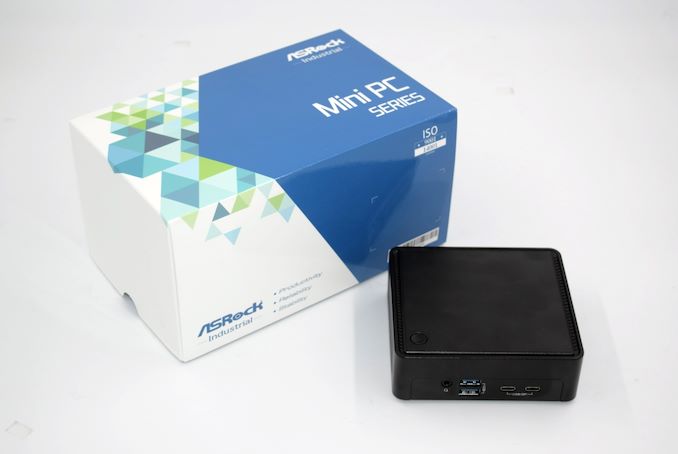Originally posted by NM64
View Post
Fun fact that I had two internal cache ECC corrections within CPU. Linux is reporting these events. But not on DDR4 memory yet.


Leave a comment: